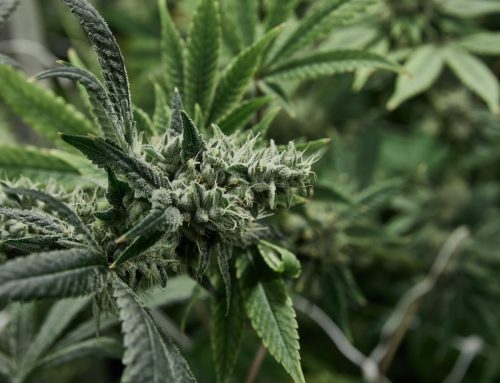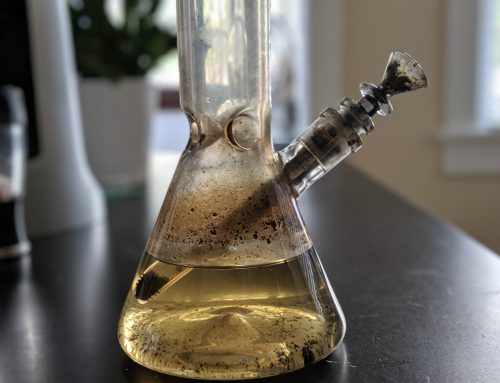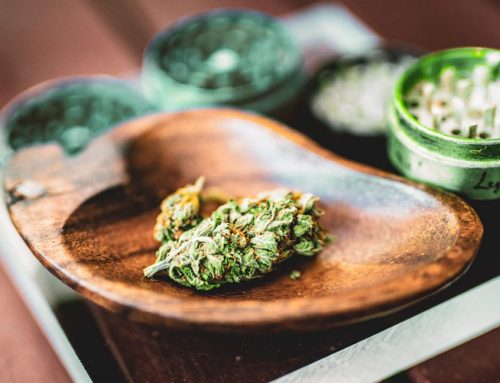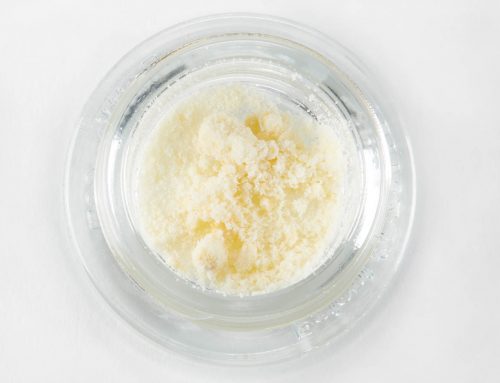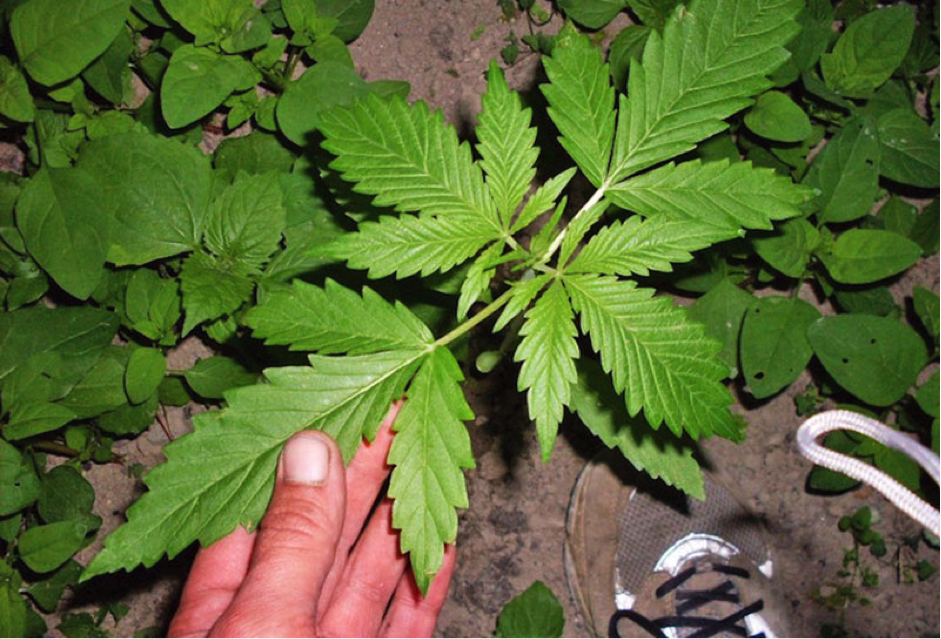
Right now, there are more than 1,000 strains of marijuana available on the commercial market alone. A figure which doesn’t take into account the many thousands of DIY hybrids doing the rounds in recreational and medical circles worldwide.
Of these thousands of cannabis strains, the overwhelming majority belong to just two primary cannabis species:
- Cannabis Sativa
- Cannabis Indica
Nevertheless, there is in fact a third (and wholly underappreciated) marijuana species that’s more than worthy of recognition:
- Cannabis Ruderalis
So why is it that this third cannabis species isn’t nearly as popular as its counterparts? And what role has it played in the cannabis culture that’s sweeping the world right now?
To get a better idea of what cannabis Ruderalis is all about, you need to consider the unique properties of all three cannabis species.
Cannabis Sativa
It was thought for some time that Sativa cannabis was the only type of cannabis that grew on earth. The genus was officially classified and recorded for the first time in 1753, under the name of Cannabis Sativa L. It wasn’t until much later that the other two species of cannabis were discovered and recorded.
Sativa cannabis plants are known for growing incredibly tall, routinely exceeding four metres in height. The plants are relatively slender, producing long and narrow leaves with somewhat sparse foliage. A typical Sativa specimen will require a much longer flowering period than an Indica plant, though doesn’t take nearly as long to grow during the vegetative period.
Native to the likes of Columbia, Mexico and Thailand, Sativa cannabis is associated with a cerebral buzz and a predominantly psychological high. The more prominent the Sativa genetics of the strain, of the more energetic the effects and the lower the likelihood of couch-lock.
Cannabis Indica
The first Indica strains of cannabis were officially recorded much later in the 1900s. In terms of their characteristics, it’s largely the entire opposite of their Sativa Cousins. Indica plants are small and squat, rarely reaching more than two metres in height – often less than one metre. They are significantly bushier and stockier than Sativa plants, producing dense leaf litter and flowering much faster.
Ideal for compact and confined indoor grow spaces, cannabis Indica is native to regions such as Lebanon, Afghanistan and Morocco. Indica cannabis delivers a powerful sedative effect when consumed, which has little psychological impact but can relax or even incapacitate the entire body. Indica is therefore the preferred choice for the relief of joint and muscle pains, or the treatment of insomnia.
Cannabis Ruderalis
As recently as 1942, a botanist from Russia identified a third species of cannabis – Ruderalis. Nevertheless, it wasn’t until more than 50 years later that a global consensus was agreed that there were indeed three different cannabis species.
Due to its minimal THC content, pure Ruderalis cannabis holds little to no appeal for the everyday user. Nevertheless, it has become a staple in cannabis breeding circles, due to its exceptional durability and disease resistance. Hence, when crossbred with a THC-heavy strain, Ruderalis genetics help produce potent and powerful plants that are also a gift to grow.
So while you won’t be smoking any pure Ruderalis cannabis in the near future, chances are it has lent a hand in the development of many of your favourite strains.
What’s Industrial Hemp?
Contrary to popular belief, industrial hemp isn’t a separate species of cannabis in its own right. Instead, it’s simply a variety of Sativa cannabis, used to produce hemp fibre for a wide variety of industrial and commercial applications. Hemp has been used as a sustainable alternative to the usual tree-born materials in countless cultures worldwide for centuries. Not least due to the fact that it takes no longer than four months to produce a full crop of industrial hemp.
Once again, industrial hemp doesn’t contain nearly enough THC to deliver even the slightest buzz. There’s a modest amount of CBD in certain specimens, but not on the kind of scale needed to create powerful therapeutic products. Precisely why industrial hemp is almost entirely unregulated and can be grown and used by just about anyone.
Hybrid Cannabis
These days, it’s becoming increasingly rare to come across a genuinely ‘pure’ cannabis strain. Cross-breeding over the years has affected the purity of the genetics of most strains on the market.
Not that this is a bad thing – crossbreeding has led to the production of the most powerful, potent and enjoyable hybrid strains the world has ever seen. What’s more, hybrid engineering enables breeders to bring together the qualities of both Indica and Sativa genetics in a single combined strain.
Whatever your preferences, you’ll find a hybrid out there with the perfect Indica to Sativa ratio. Some hybrids provide a massive burst of long-lasting energy, others knocking you clean off your feet for hours on end. More balanced specimens have the power to deliver a sense of energetic optimism and euphoria, while at the same time relaxing the entire body from head to toe.
Hybrid engineering has also enabled breeders to tailor creative cannabis strains in accordance with THC to CBD ratio preferences.
Final Thoughts…
In summary therefore, the deal with the third species of cannabis is a big deal to say the least. Even if you’ve never come across a pure or even Ruderalis-heavy hybrid strain, it’s had an immense an impact on contemporary cannabis culture. Particularly for the home grower, getting the job done wouldn’t be nearly as easy without the efforts of experienced engineers and cross-breeders.
You may genuinely think you’ve never encountered cannabis Ruderalis, but chances are you’re looking at its genetics and unique properties in your stash box right now.

